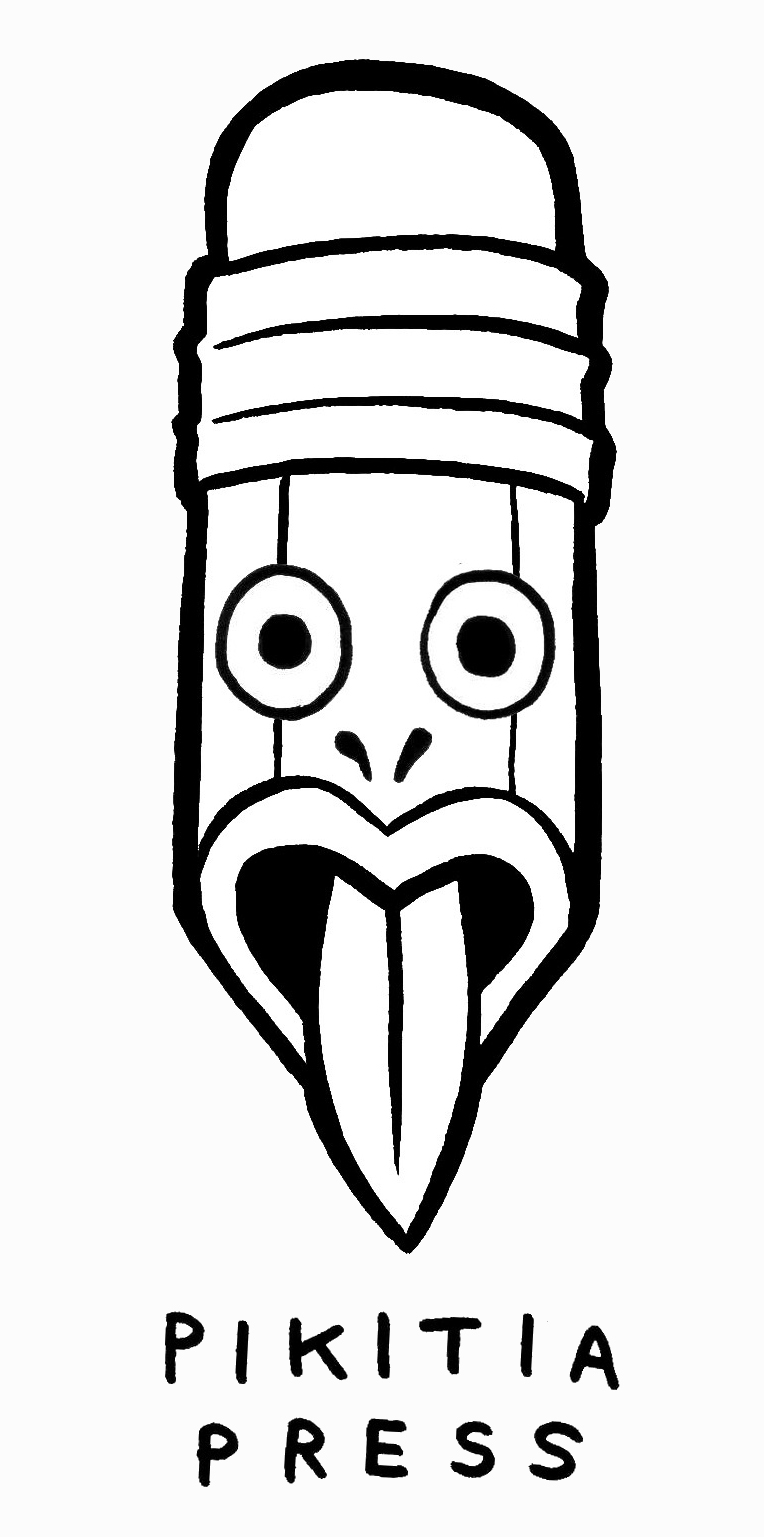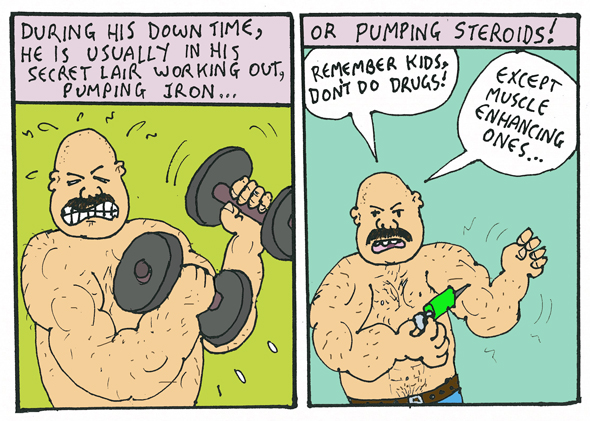Les Gibbard was born today in Kaiapoi, New Zealand in 1945. At 16 he was working as a reporter on the Auckland Star, after they fired him for his poor shorthand skills, he went to the New Zealand Herald, where he was taught how to draw cartoons by Low's protege Gordon Minhinnick. after a brief period in Australia he emigrated to England in 1968.
As a political cartoonist at The Guardian newspaper in Britain for 25 years, Gibbard became the longest-serving artist of his type in the publication’s history. Across his career Gibbard worked as a British political cartoonist, journalist, illustrator and animator.


















